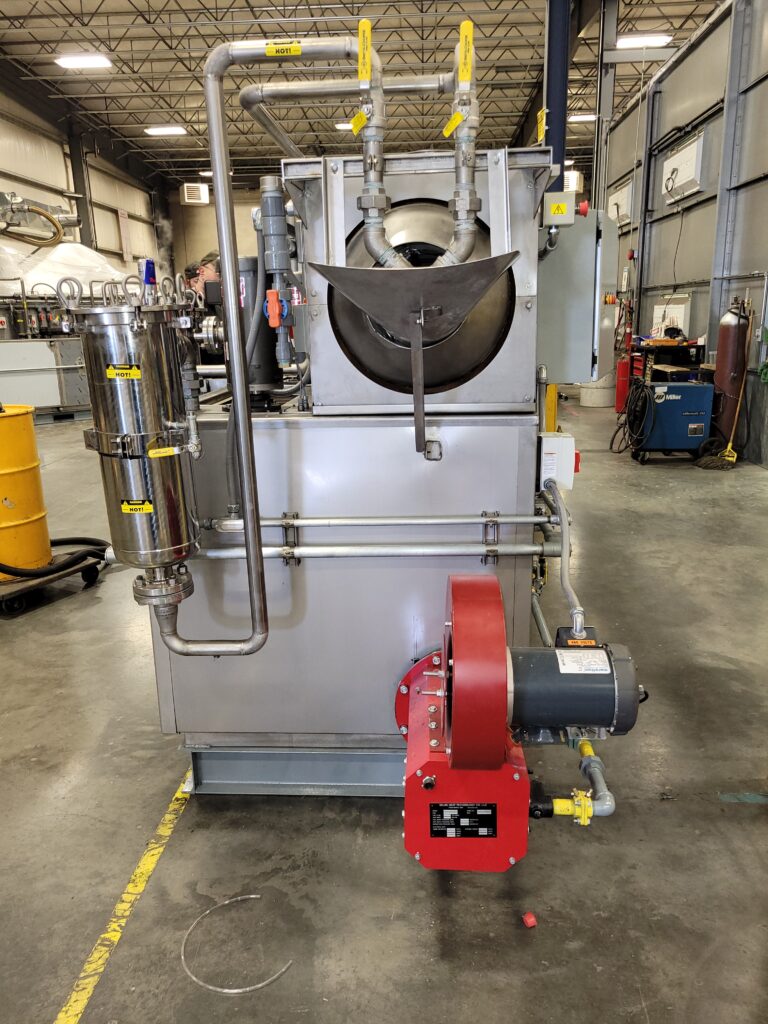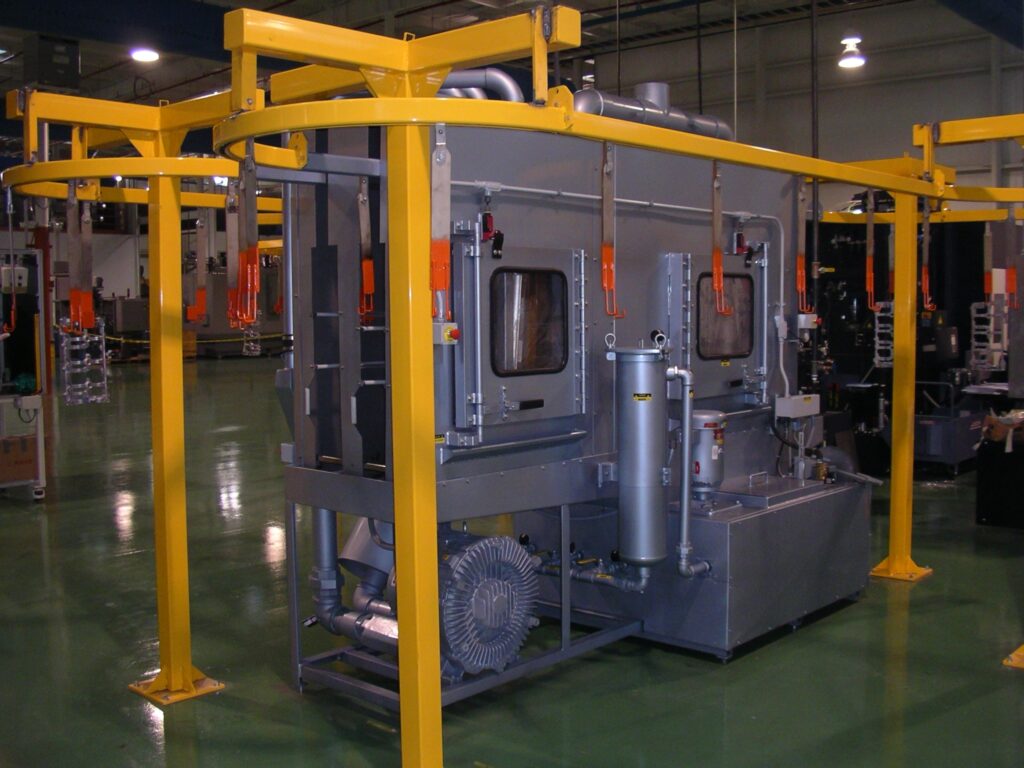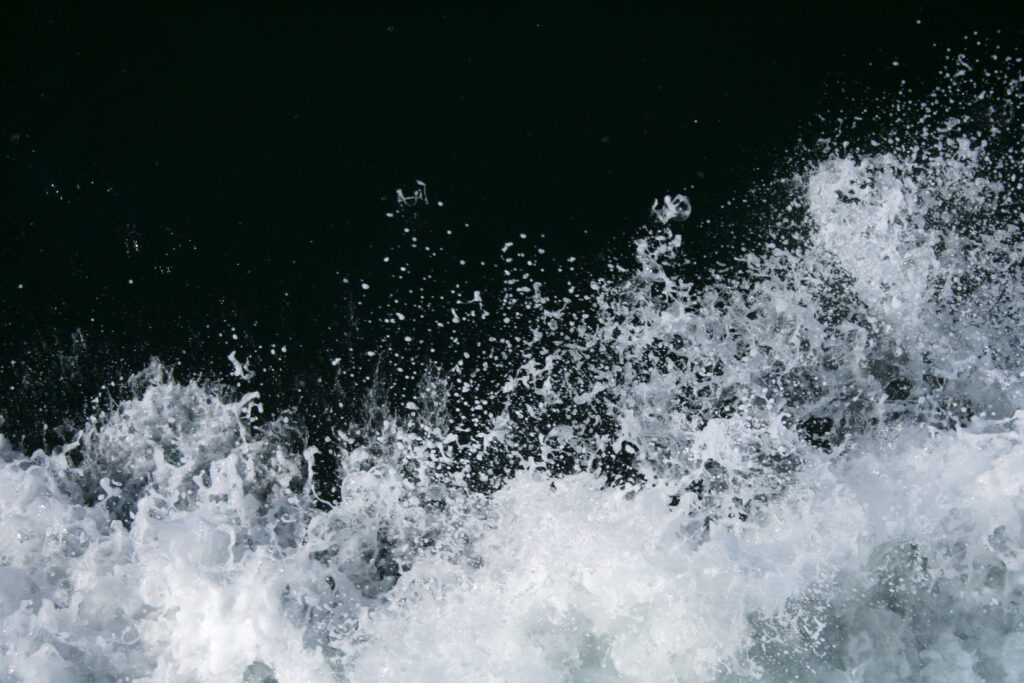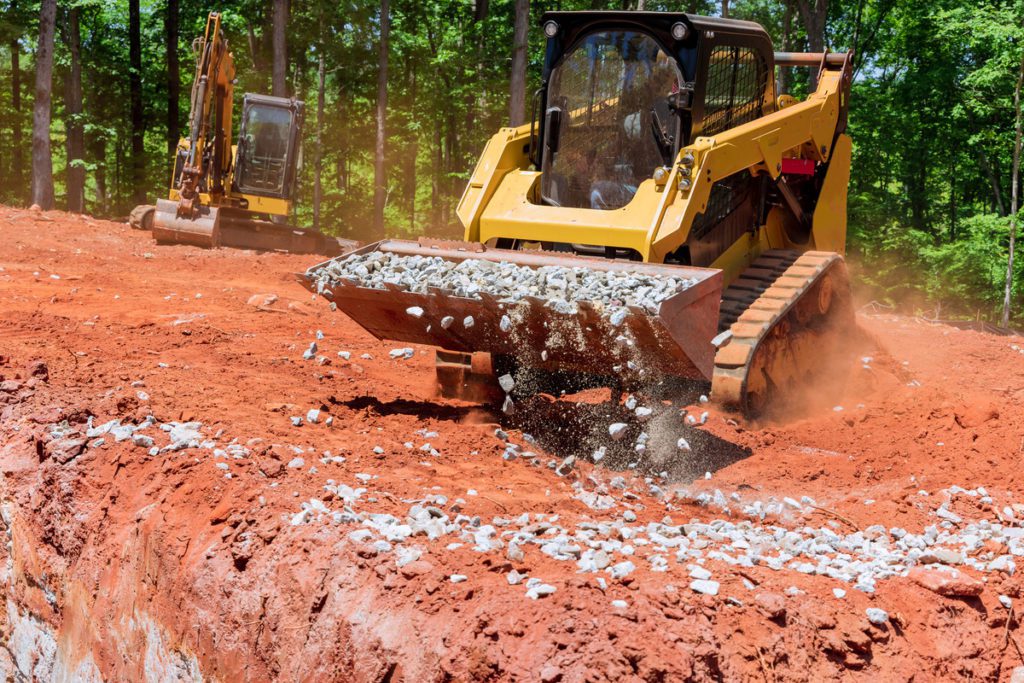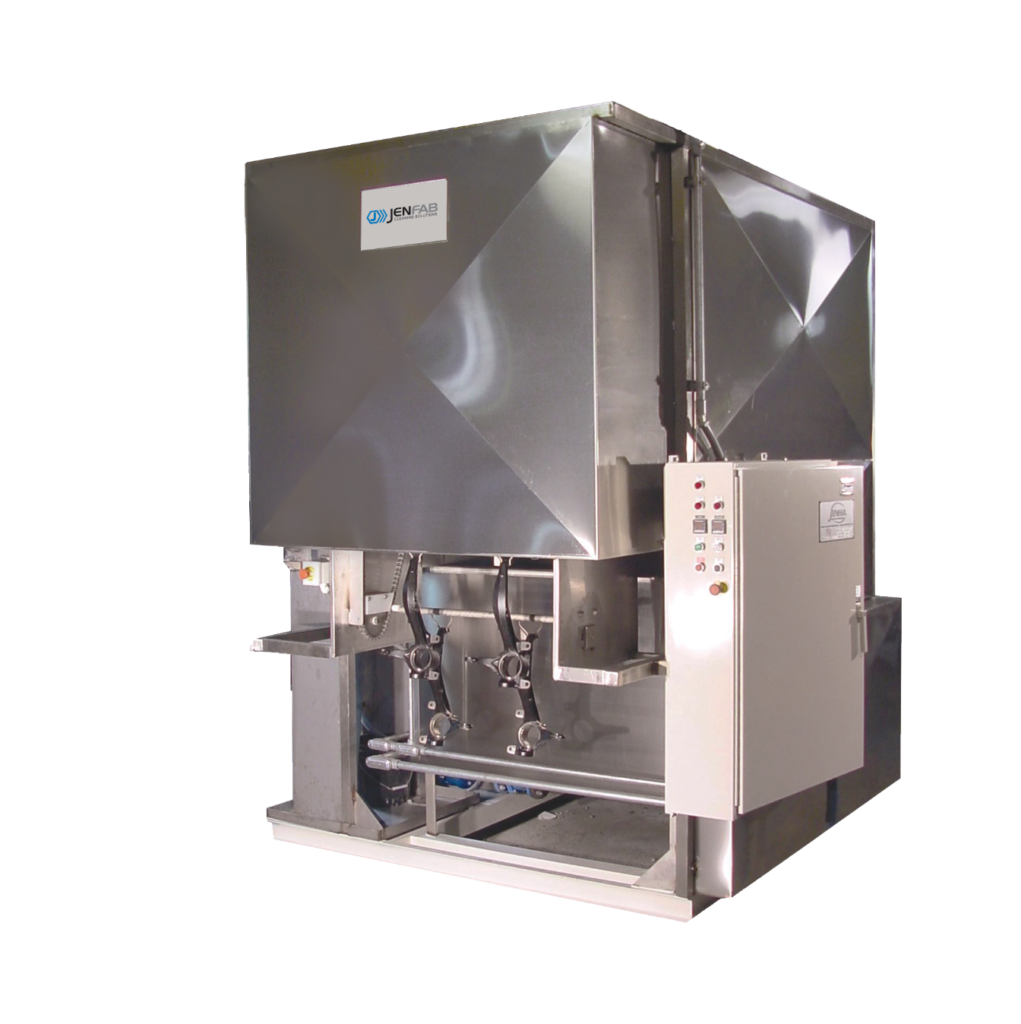When choosing an aqueous parts washer, one thing you need to consider is what washing technique will work best for cleaning your specific part. This is determined by several factors such as the material the part is made of, its resistance to heat, its shape and the type of contaminant being cleaned off.
There are really only two options to choose from: high-pressure spray or immersion in a liquid cleaning solution. However, there are many variations in both categories and sometimes they are combined in different ways to achieve the desired result.
Generally speaking, if you have a part that has most of its surface(s) exposed and clearly visible with simple shapes, spray washing is usually your best bet. If your part has a complex shape with non-visible surfaces that need to be cleaned, immersion is the better option.
Sometimes, it’s just that simple. Other times, you need additional processes to achieve the desired result. For example: if simple immersion in a cleaning solution isn’t getting the job done, agitation can be added to the process to help shake loose the contaminants. A dipping motion or rotation are other techniques that can prove useful. And in cases where parts have an unusually complex shape, ultrasonic sound waves can also be added to the process. Sometimes some or all of these techniques are combined and work together depending on the cleaning requirements of the customer and the shape and composition of the part.
The high-pressure spray can be used in a variety of ways. The most common is by strategically positioning the spray jets to clean the entire surface of the part. This can include a moving spray bar and/or water jets positioned on the top, bottom or on the sides of the cleaning chamber, depending on the part and need of the customer. Sometimes the spray process is repeated several times at different stages during the cleaning process to meet the desired cleanliness specification.
Another way high-pressure spray can be used is by combining it with immersion. We call this spray under immersion. The concept is identical to a hot tub with its underwater jet sprays. This process provides additional turbulence to help remove contaminants and decreases the overall time it takes to clean the parts.
So, in short, the best cleaning technique for your application depends on the part you need to clean. Both high-pressure spray and immersion have their advantages and disadvantages. Take the time to discuss the details with your sales representative and explain what you need to achieve. Show him/her an example of the part you need to clean and discuss the various options. Taking the time upfront to define the parameters of your cleaning application can save you money and help you pick the system and technique that works best for you.












